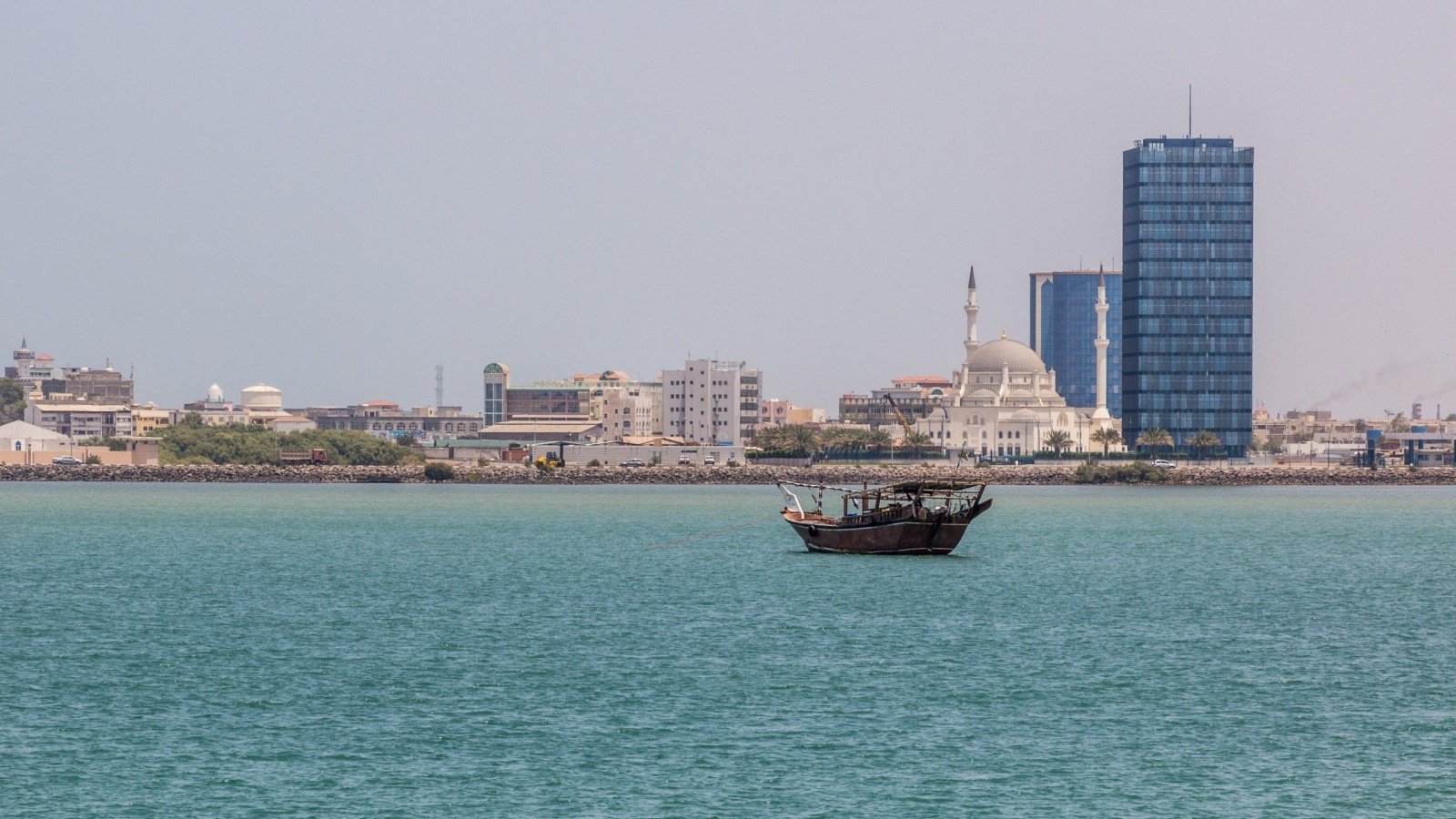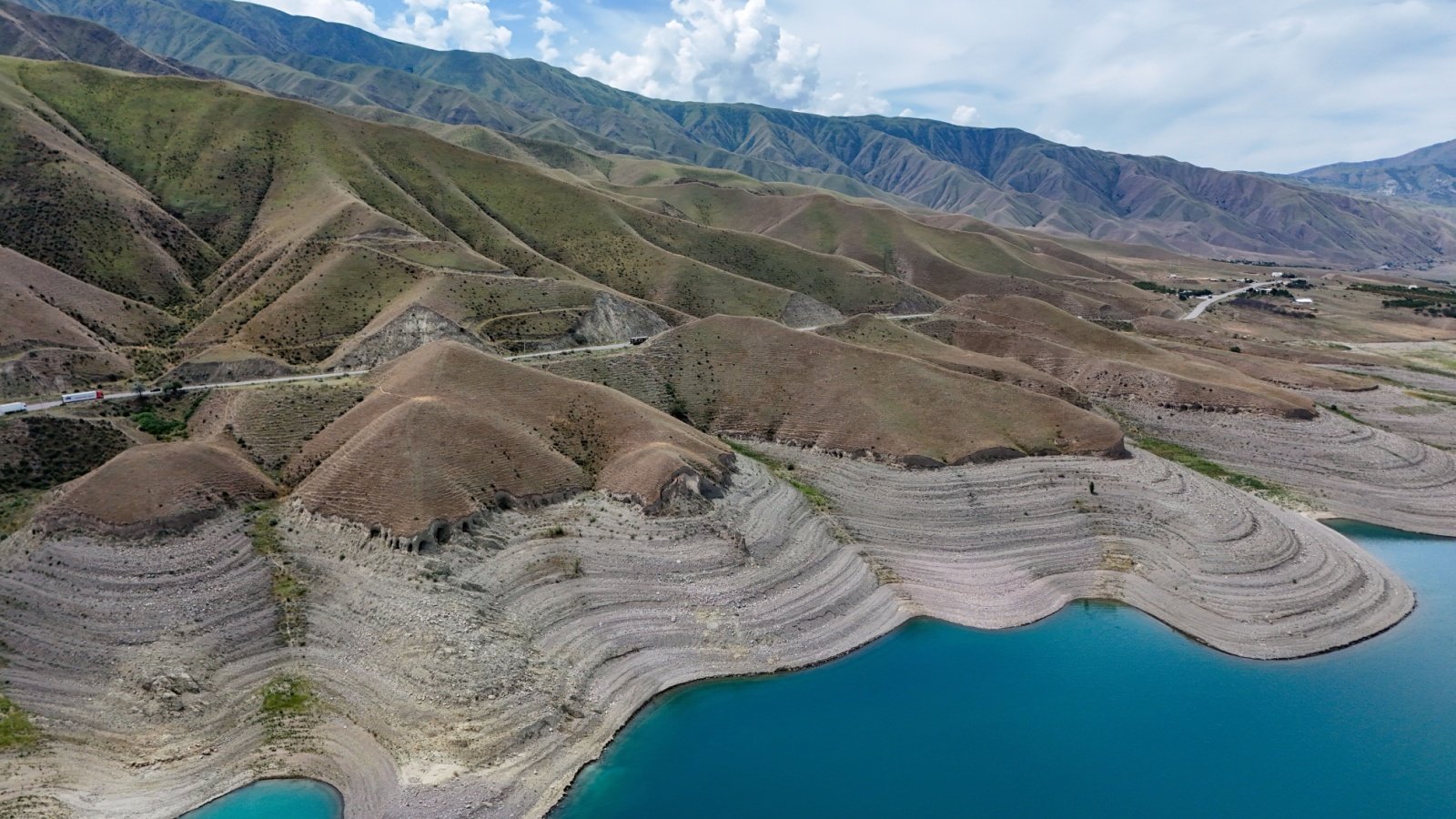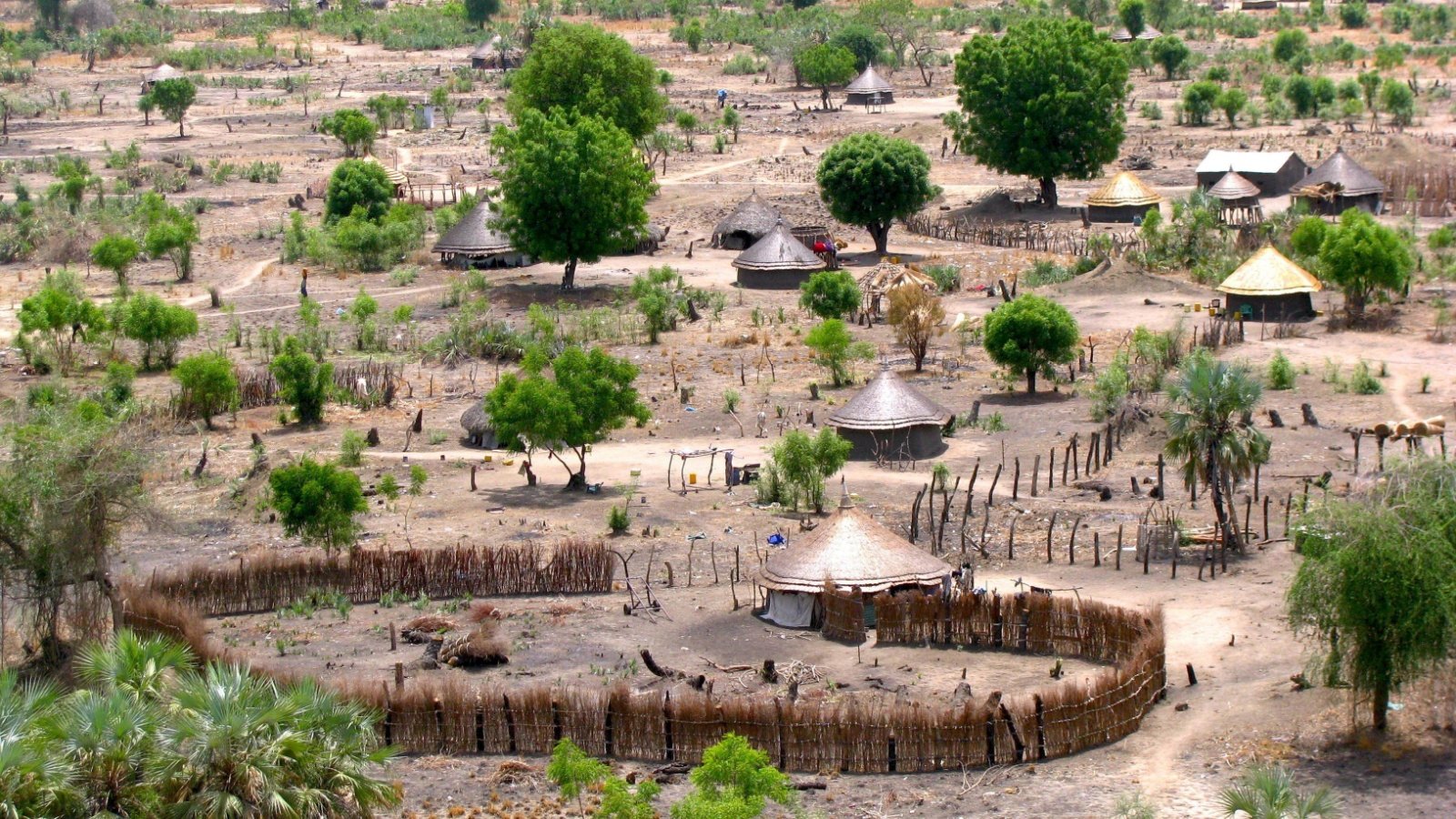China’s economy stretches far and wide, as evidenced by the substantial debts that various countries have accrued due to Chinese investments. These financial ties are part of a bigger strategy within the Belt and Road Initiative, which seeks to expand China’s influence globally through infrastructure loans.
As countries from Asia to Africa find themselves indebted to this economic powerhouse, there are concerns about financial autonomy and freedom.
This dynamic raises eyebrows regarding the future geopolitical landscape as nations struggle with the double-edged sword of developments financed by Chinese debt.
Pakistan

Pakistan owes a significant debt to China, primarily due to investments related to the China-Pakistan Economic Corridor (CPEC). This corridor is a cornerstone of China’s Belt and Road Initiative, aimed at enhancing regional connectivity. In recent years, Pakistan’s debt obligations to China have created economic pressures, influencing its fiscal policies.
Sri Lanka

Sri Lanka’s financial ties with China have deepened with loans for infrastructure projects, including ports and highways. The country famously leased the Hambantota Port to China for 99 years after failing to meet its debt repayment terms. This lease exemplifies how debt to China can result in significant geopolitical and strategic concessions.
Kenya

Kenya’s debt to China has been mounting due to borrowing for major infrastructure projects like the Standard Gauge Railway, part of China’s Belt and Road Initiative. Critics argue that the terms of these loans are not transparent and potentially disadvantageous to Kenya. Concerns persist about debt sustainability and economic sovereignty.
Venezuela

Venezuela owes China substantial sums, which have been borrowed over the years, to bolster its oil and infrastructure sectors. These debts have compounded the economic challenges Venezuela faces amid political instability and falling oil prices. China’s willingness to lend to Venezuela reflects strategic interests in South American resources.
Angola

Angola, one of Africa’s top oil producers, has accrued large debts to China in exchange for infrastructure financing. Loans are typically repaid with oil shipments, tying Angola’s economic health closely to the oil market’s volatility. This relationship has made Angola one of China’s most indebted partners in Africa.
Ethiopia

Ethiopia has engaged in extensive borrowing from China to fund its ambitious infrastructure projects, including roads, dams, and manufacturing parks. These initiatives aim to transform Ethiopia into a regional hub but have significantly increased its national debt. Managing this debt poses a challenge for Ethiopia’s economic strategy moving forward.
Zambia

Zambia’s growing debt to China has raised alarms about potential debt distress, similar to Sri Lanka’s situation. Investments have mainly focused on the mining and energy sectors, which are crucial to Zambia’s economy. The fear of losing sovereign assets due to the inability to repay loans looms large.
Djibouti

Djibouti’s strategic location has attracted significant Chinese loans for developing ports and military bases. This small nation’s debt to China represents a substantial portion of its GDP, increasing its financial vulnerability. The presence of a Chinese naval base underscores the geopolitical importance of Djibouti’s indebtedness.
Laos

Laos has borrowed heavily from China to construct the Laos-China Railway, another Belt and Road project. This debt significantly increases Laos’ financial risks, given its limited economic size. Critics worry that Laos might fall into a ‘debt trap’ similar to other nations.
Mongolia

Mongolia’s proximity to China and its rich mineral resources have led to considerable Chinese investment and loans. Debt levels have surged as Mongolia funds infrastructure to support its mining sector. The country’s economic health is tightly linked to its ability to manage this debt.
Tajikistan

Tajikistan has incurred substantial debts to China, largely for road and energy projects to boost its underdeveloped infrastructure. In exchange for debt relief, Tajikistan has ceded mining rights and land to Chinese companies. This debt diplomacy has enhanced China’s influence in Central Asia.
Maldives

The Maldives has taken on significant debt under China’s Belt and Road Initiative for several infrastructural upgrades across the islands. Concerns about the ability of this small island nation to repay these debts have been a constant source of economic anxiety. The geopolitical ramifications of its financial obligations to China are still unfolding.
Kyrgyzstan

Kyrgyzstan owes China a significant amount, primarily through loans secured for infrastructure projects aimed at boosting its economic prospects. The debt has implications for Kyrgyzstan’s economic independence and fiscal health. Balancing these debts with national growth continues to be a precarious task.
Belarus

Belarus has relied on Chinese funds to finance various development projects, increasing its economic ties with China. These projects are part of broader initiatives to modernize Belarusian infrastructure and enhance its manufacturing capacity. As debt levels rise, so do concerns about Belarus’s financial autonomy.
Nigeria

Nigeria’s debt to China stems from loans to fund major infrastructure projects, including railways, airports, and roads. These projects are critical for Nigeria’s development ambitions but also increase its financial burden. As Africa’s largest economy, Nigeria’s debt strategy is closely watched by international observers.
Malaysia

Malaysia’s relationship with Chinese loans has been scrutinized, particularly concerning projects like the East Coast Rail Link. After a change in government, some projects were renegotiated to reduce costs and debt implications. Malaysia’s approach to managing its debt with China reflects its strategic recalibration.
Papua New Guinea

Papua New Guinea has increased its debt to China, funding essential infrastructure that promises to boost its economic growth. However, the scale of borrowing has sparked debates over debt sustainability in this Pacific nation. The strategic importance of these projects underscores their potential risks and rewards.
Argentina

Argentina’s economic volatility has led it to seek Chinese loans for infrastructure and energy projects. These financial engagements are essential for Argentina’s attempts to stabilize its economy but increase its external debt load. The dynamics of Argentina-China financial relations highlight the complexities of high-stake international loans.
Pakistan-administered Kashmir

The region has seen significant Chinese investment, particularly in infrastructure projects under the broader CPEC initiative. These developments are politically sensitive and economically pivotal, deepening the region’s financial commitments to China. The debt incurred is viewed with both optimism for economic growth and concern over sovereignty.
South Sudan

South Sudan’s nascent economy has necessitated borrowing from China to fund key development projects. These debts fund roads and oil infrastructure critical for the country’s development but also place a heavy burden on its limited financial resources. Managing this debt is crucial for South Sudan’s future stability.
Cambodia

Cambodia’s robust economic growth is supported by Chinese loans financing roads, bridges, and real estate developments. While these projects contribute to modernizing Cambodia, they also escalate its indebtedness to China, raising questions about long-term impacts on its economic sovereignty. The balance between development and debt remains a critical issue.
North Korea

North Korea’s opaque economic relations include significant indebtedness to China, its largest trade partner and political ally. This debt is shrouded in secrecy but is crucial for understanding the dynamics of the Sino-North Korean relationship. It highlights the geopolitical complexities of financial dependencies.
Iran

Iran’s strategic partnership with China involves substantial Chinese investments and loans, particularly in energy and infrastructure sectors. These financial engagements are designed to circumvent Western sanctions, providing Iran with necessary economic relief. However, they increase Iran’s economic dependence on China, impacting its geopolitical leverage.








